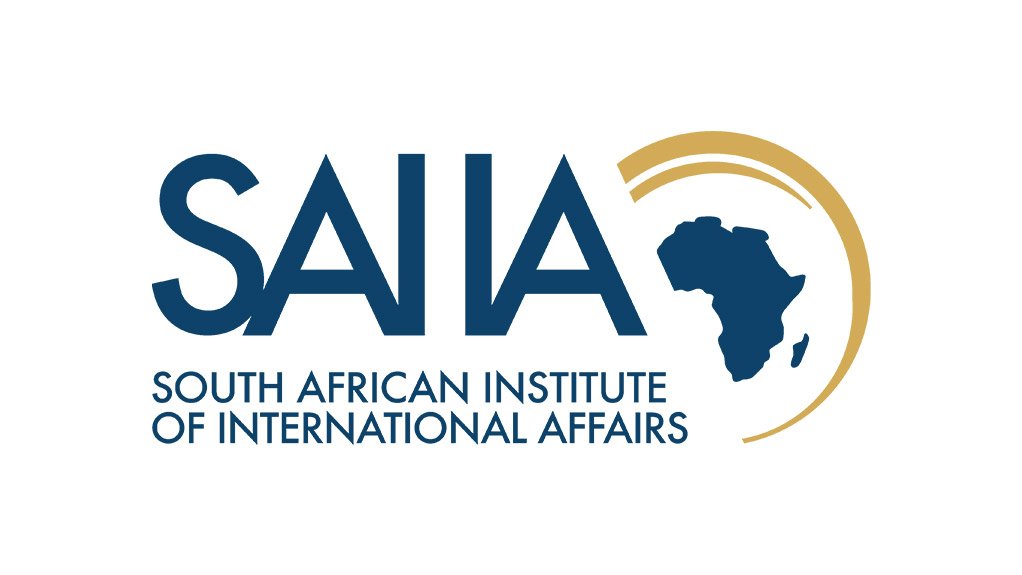Following the 38th Southern African Development Community (SADC) Summit which took place on 17-18 August 2018 in Namibia, questions around the region’s economic integration and development progress arose once more.
Over the past year, much attention has shifted to a broader, more ambitious integration project: the African Continental Free Trade Area (AfCFTA), which proposes a common market for all 55 member countries of the African Union. Despite the promising prospects of what would be the largest FTA globally, the annual SADC Summit flags the importance not to neglect some of the region’s deeper integration achievements, as well as remaining political and economic integration challenges. These issues will certainly also surface in broader regional arrangements.
Earlier this year, the AfCFTA agreement was signed by 44 out of 55 member countries, with South Africa following suit in July. The Tripartite Free Trade Area (TFTA) is intended as the AfCFTA’s precursor, integrating three regional economic communities (RECs) in Southern and Eastern Africa, including the Common Market for Eastern and Southern Africa (COMESA), the East African Community (EAC) and SADC. The TFTA is currently being ratified in parliament with adoption anticipated later this year.
What does this mean for SADC and regional integration? Broader regional trade agreements not only promise a larger integrated market, but also provide an opportunity to form a single regulatory framework and overcome the bureaucratic challenges arising from some countries’ overlapping memberships in multiple RECs. However, stakeholders familiar with the process also caution that there has been a diversion of funding from the TFTA to the AfCFTA, undermining the TFTA’s role as a framework facilitating and significantly expediting continental negotiations. Given that the larger FTAs will be staffed with officials from the different RECs, SADC and its counterparts run a risk of suffering a drain of resources towards the AfCFTA. Although multilateralism should be embraced in this increasingly interconnected world, the focus should not be completely diverted from existing RECs, which can (because of their smaller scope) achieve much deeper forms of integration. Additionally, strongly integrated and well-resourced RECs can benefit broader regional and continental agreements.
Therefore, it is useful to take stock of SADC’s progress as Namibia begins its 2018 chairmanship. Following on from the Summit’s theme, ‘promoting infrastructure development and youth empowerment for sustainable development,’ where is the region headed in these important areas of development?
Regional infrastructure development has long been emphasised as an essential component of the SADC integration agenda. It is one of the four main pillars of SADC’s guiding strategy, the 2003 Regional Indicative Strategic Development Plan (RISDP). SADC’s commitment to regional infrastructure development was solidified with the 2012 Regional Infrastructure Development Master Plan (RIDMP), which commits an ambitious $500 billion in capital requirements to priority regional infrastructure projects in transport, energy, water, ICT, meteorology and tourism infrastructure. Actualisation of these projects; however, has been slower than desired, with a host of regulatory, institutional capacity, political economy, and resource mobilisation challenges hindering progress.
In contrast to infrastructure, youth empowerment has received less attention on the SADC agenda. However, given that more than half of SADC’s population is less than 25 years old, concerted efforts to empower the younger generation and alleviate the common challenge of high youth unemployment are crucial to enabling the success of SADC’s industrialisation and economic development agenda. With this in mind, the SADC Heads of State not only signed the SADC Declaration on Youth Empowerment and Development in 2014, but also included a regional Youth Economic Empowerment Programme in their 2015 Action Plan for the Regional Industrialisation Strategy and Roadmap, and developed a policy on youth employment in 2016. A plethora of strategies and policies still raise questions of what impacts can be seen on the ground. In order to be effective, these frameworks must translate into actual programmes to provide young people with skills development and equitable access to employment opportunities. They should also encourage the integration of existing national youth initiatives across the region.
Importantly, realising progress in regional integration initiatives such as youth and infrastructure development requires concerted financial commitments by member states. Currently, no overarching regional resource mobilisation mechanism exists within SADC. However, in 2017 the SADC Council of Ministers endorsed the operationalisation of a long envisioned SADC Regional Development Fund (RDF). The proposed RDF would establish an institution that seeks to mobilise resources from (primarily) member states, development partners and the private sector to finance SADC’s infrastructure and industrialisation strategies, as well as social development.
The SADC Summit communique urged member states to commit to implementing the industrialisation agenda. However, in order to do this it is important for member states to continue the push for regional resource mobilisation, whether through a separate fund or the utilisation of existing funds. This will be a necessary step towards actualising the ever-increasing number of regional strategies and policies. However, beyond the region’s finance requirements, age-old integration challenges also remain, including non-tariff barriers and the need to harmonise legislation and standards. Garnering the political will to meaningfully tackle the above issues will also provide the building blocks for broader initiatives such as the TFTA and AfCFTA to move beyond ambition and towards practicable agreements that boost regional and continental trade.
EMAIL THIS ARTICLE SAVE THIS ARTICLE ARTICLE ENQUIRY
To subscribe email subscriptions@creamermedia.co.za or click here
To advertise email advertising@creamermedia.co.za or click here











